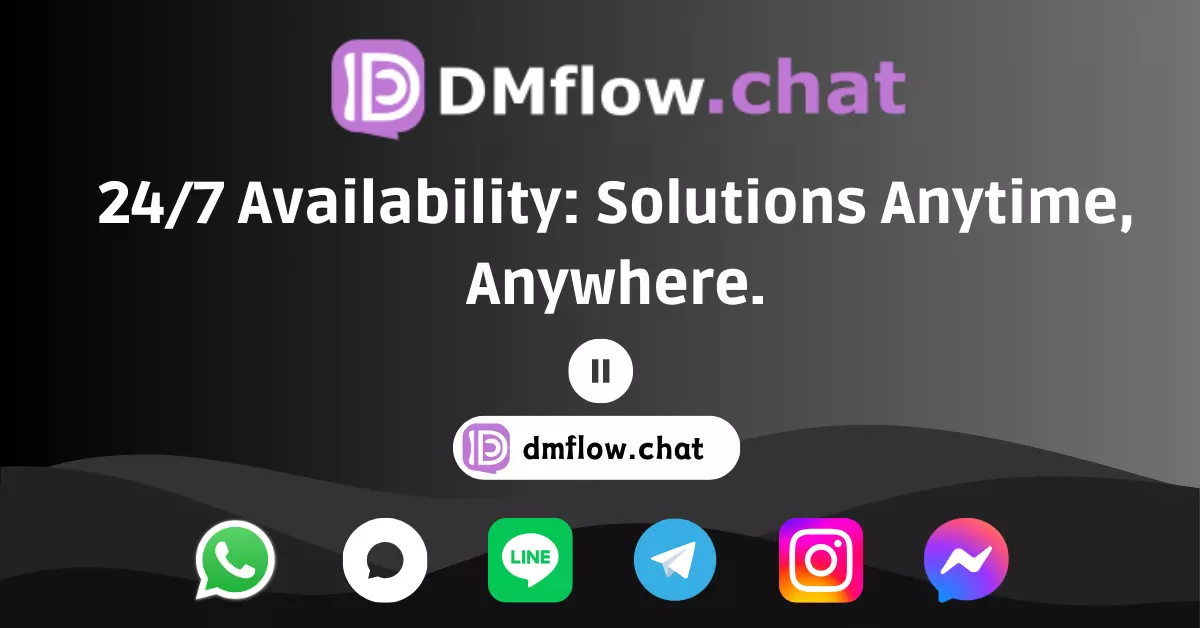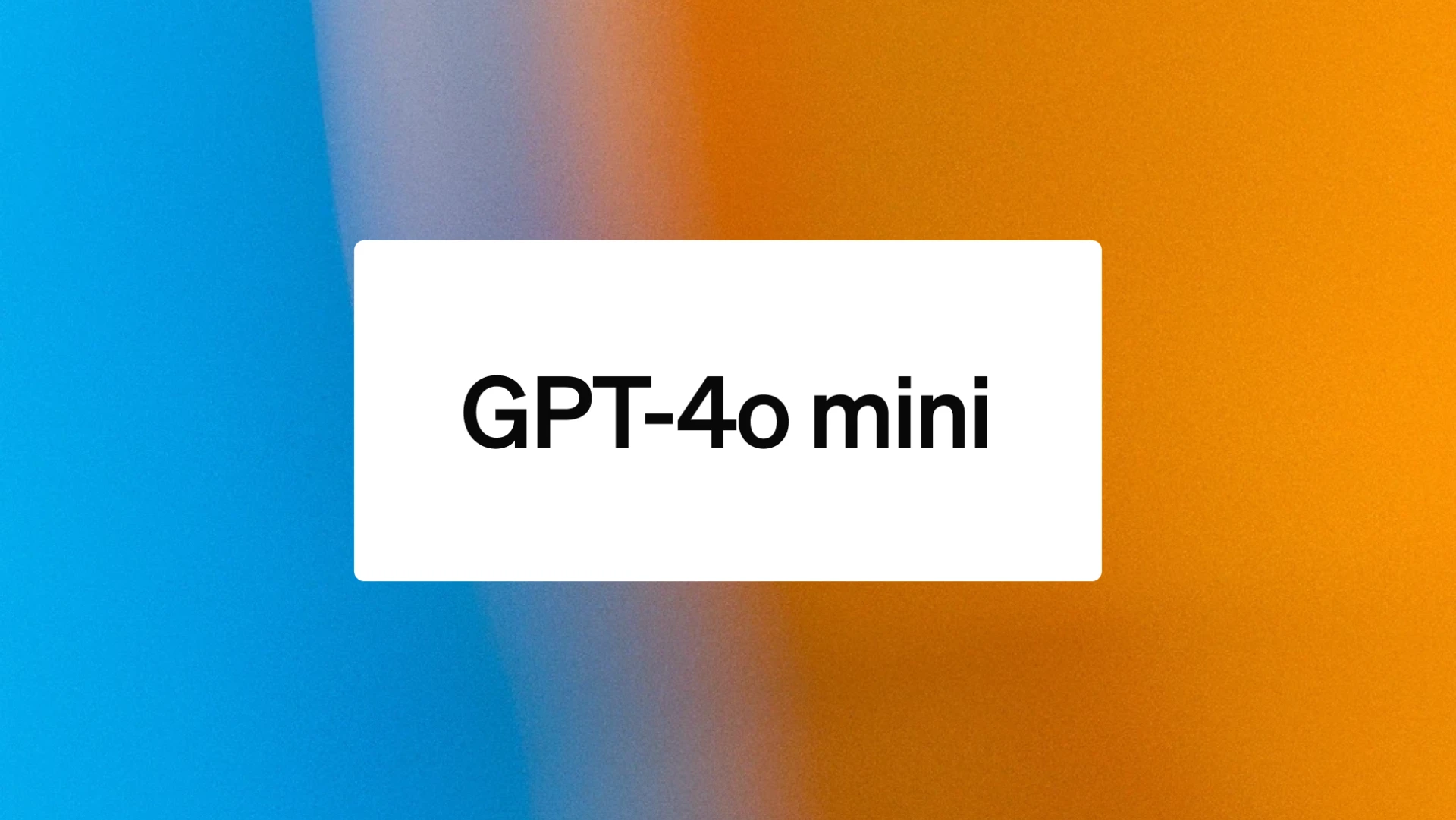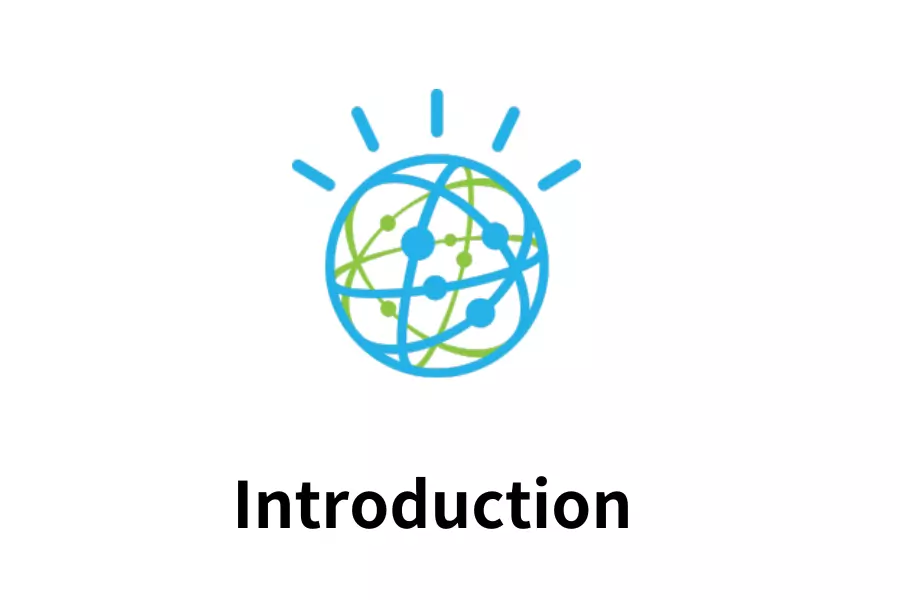So, DeepSeek just dropped some pretty exciting news. It’s the first day of their “Open Source Week,” and they’ve kicked things off with a bang – introducing FlashMLA. What’s that, you ask? Let me explain.
So, What Is This FlashMLA Thing, Anyway?
FlashMLA is, in a nutshell, a super-efficient way to handle the “decoding” part of what large language models (LLMs) do. Think of it as the translator between the massive amounts of data the model processes and the actual output you see – whether that’s text, code, or whatever. And, well, it makes that process seriously fast.
It’s built specifically for NVIDIA’s Hopper architecture GPUs. You know, those seriously powerful graphics cards that are basically the brains behind a lot of AI these days? FlashMLA is designed to work really well with those, especially when dealing with sequences of data that vary in length. Think of it as being good at handling sentences of different lengths, instead of choking when one is longer than another.
Getting Technical (But Not Too Technical)
Okay, let’s peek under the hood, but I promise to keep it simple. Here’s what makes FlashMLA stand out:
- BF16 Support: This is a type of number format that helps make the calculations more efficient. Think of it like a shortcut for math.
- Paged KV Cache: Sounds fancy, right? Basically, it’s a smart way of managing memory. Imagine a really organized filing cabinet where you can quickly find exactly what you need. The “block size of 64” just means the files are neatly arranged in folders of 64.
Here’s the really impressive part. On an H800SXM5 GPU (yeah, that’s a top-of-the-line model), FlashMLA can hit a processing speed of 3000GB/s. That’s gigabytes per second. Seriously, that’s blazing fast! It’s like downloading multiple HD movies in the blink of an eye.
And when it’s not limited by memory, it can reach a computational power level of 580 TFLOPS. Honestly, that number is a bit mind-boggling. Suffice it to say, it’s incredibly powerful.
The cool part? This isn’t just some theoretical thing. DeepSeek has actually tested FlashMLA in real-world situations (they call it “production environments”), and it’s proven to be rock solid. They built upon some existing great tools (FlashAttention2 & 3 and Cutlass), but then made it even better. Nice, right?
Want to Try It Out? It’s Easier Than You Think
Getting started with FlashMLA is surprisingly straightforward. If you’re a developer, you can get it up and running with a simple command: python setup.py install. And, then you can test it out with: python tests/test_flash_mla.py
It’s pretty cool that DeepSeek has made this open source. That means anyone can use it, contribute to it, and help make it even better.
Open Source for the Win!
You can find all the details and the code itself right here: https://github.com/deepseek-ai/FlashMLA
This is just day one of DeepSeek’s Open Source Week, and it is a huge step forward for the field of large language models. By making FlashMLA available to everyone, they’re not just showing off some cool tech – they’re helping to accelerate the progress of AI for everyone. And that is something to get excited about.





